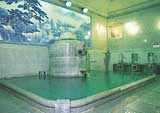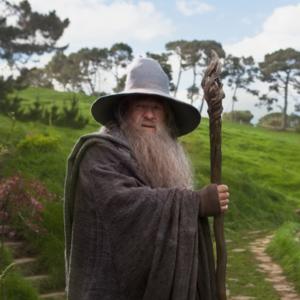Nationals MP George Christensen has refused to apologise to the Greens for a photo he shared on Facebook that showed him holding a gun and appearing to threaten “greenie punks”.
Key points:
- Mr Christensen wrote, “You gotta ask yourself, do you feel lucky, greenie punks?”
- He says it was a joke that he shouldn’t have to apologise for
- Malcolm Turnbull says it was clearly inappropriate, notes AFP still considering whether to investigate
Below the photo, shared on his public page last night, Mr Christensen wrote: “You gotta ask yourself, do you feel lucky, greenie punks?”
The comment was later edited to read, “You gotta ask yourself, do you have a sense of humour, greenie punks?” and a short time later the post was deleted.
Greens leader Richard Di Natale said he was disgusted by the image and comment, so reported it to the Australian Federal Police.
“The concern here is that George Christensen has given licence to people to behave in a way that is violent towards other people who may have a different view,” he said.
Prime Minister Malcolm Turnbull called the post “very inappropriate”, and told radio station 3AW he had checked with police this morning and gathered “they are still evaluating the referral”.
Mr Turnbull also noted that Mr Christensen “took it down after he was spoken to about it”.
“It was clearly inappropriate. I will let the police complete their evaluation,” Mr Turnbull said.
An AFP spokesperson confirmed this afternoon the matter was still being assessed.
But the north Queensland LNP MP, who sits with the Nationals in Federal Parliament, has refused to apologise for the post, saying he was making a joke.
“I’m not going to be moralised at by these extreme Greens for a joke that I put up on social media,” Mr Christensen said.
“The flippant comment I made online was a quote from Dirty Harry, who was a police officer speaking to people who are conducting illegal activity such as the Greens are. ”
Mr Christensen repeatedly referred to what he called “illegal activism” by green groups at the Abbot Point coal mine.
He said he had taken it down after he was asked to do so by Nigel Scullion, who is the acting leader of the Nationals while Barnaby Joyce is on leave.
Source @abc.net.au









